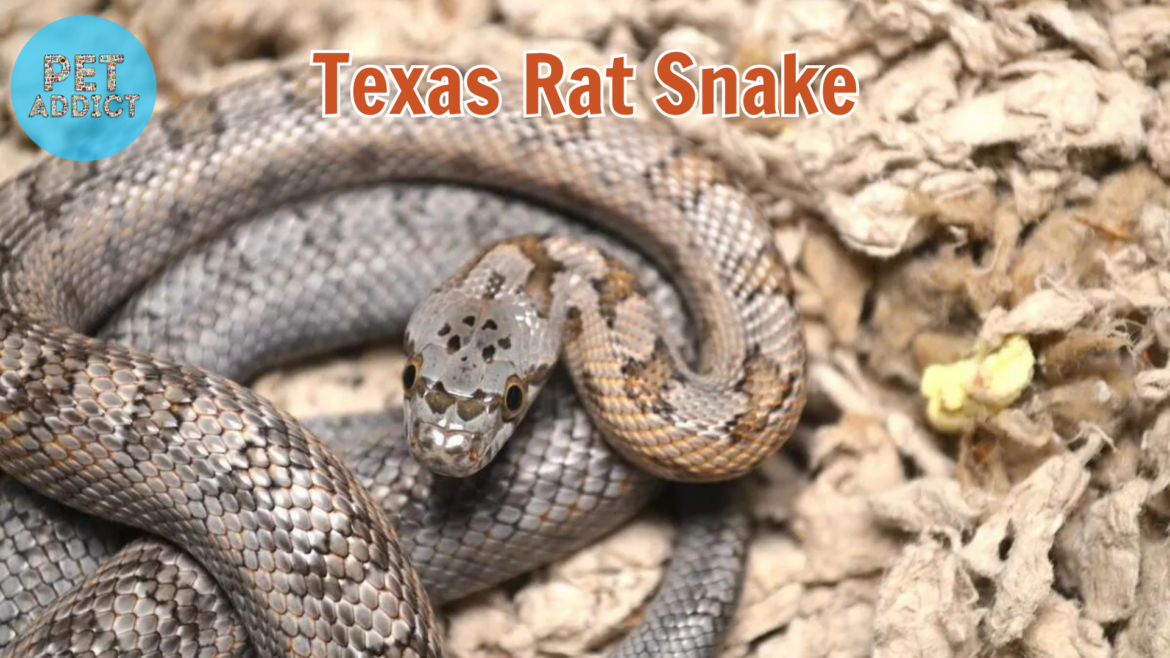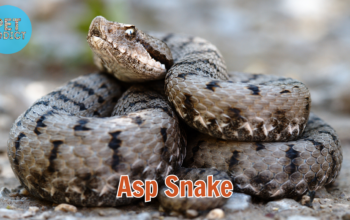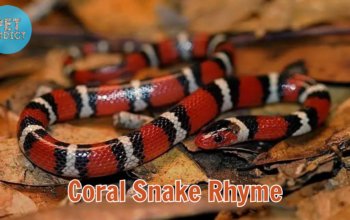The Texas Rat Snake, scientifically known as Elaphe obsoleta lindheimeri, is a remarkable reptile native to the southern United States. Known for its striking appearance and fascinating behavior, the Texas Rat Snake has become a topic of interest for reptile enthusiasts and wildlife lovers alike. In this comprehensive guide, we will explore everything you need to know about the Texas Rat Snake, shedding light on its habitat, characteristics, behavior, and conservation status.
PetAddict.net – The best place where you can find everything about your pet!
Introduction to the Texas Rat Snake
The Texas Rat Snake: A Fascinating Reptile
The Texas Rat Snake, often referred to simply as the “Rat Snake,” is a non-venomous colubrid snake species. It is a subspecies of the Eastern Rat Snake, belonging to the Elaphe obsoleta complex. These snakes are known for their adaptability and resilience, making them a common sight in a variety of habitats across their range.
Physical Characteristics
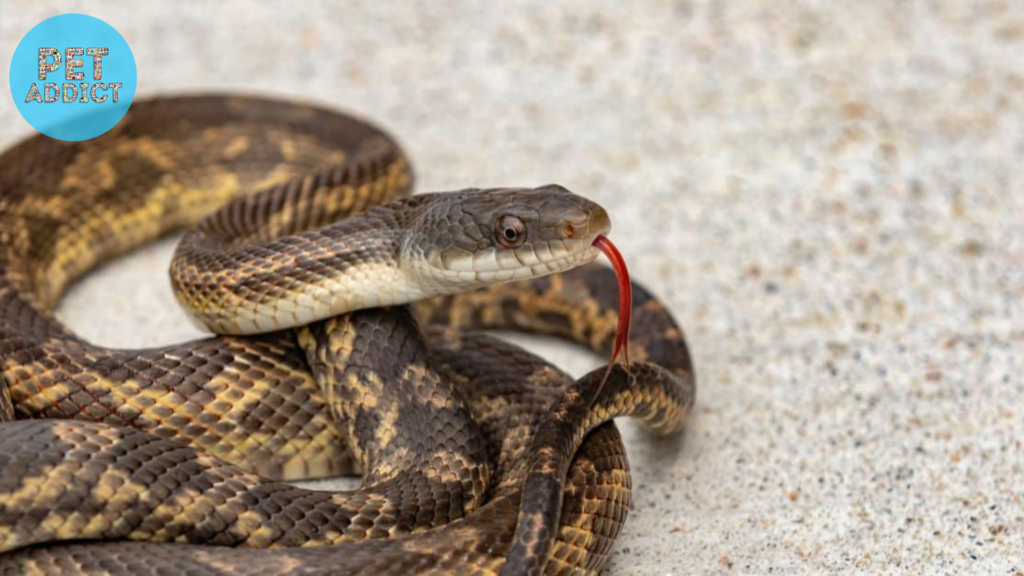
Distinctive Features of Texas Rat Snakes
Texas Rat Snakes are renowned for their striking appearance. They typically have a vibrant yellow or light brown background color with dark, contrasting blotches running along their body. These blotches create a unique pattern that sets them apart from other snake species. As they age, their coloration may darken, and some individuals exhibit a reddish hue.
Habitat and Range

Where Can You Find Texas Rat Snakes?
These snakes are primarily found in the southern United States, including Texas, Oklahoma, Louisiana, Arkansas, and parts of Mississippi. They are highly adaptable and can thrive in a variety of environments, ranging from forests and grasslands to urban areas. Their ability to coexist with humans has contributed to their widespread distribution.
Behavior and Diet
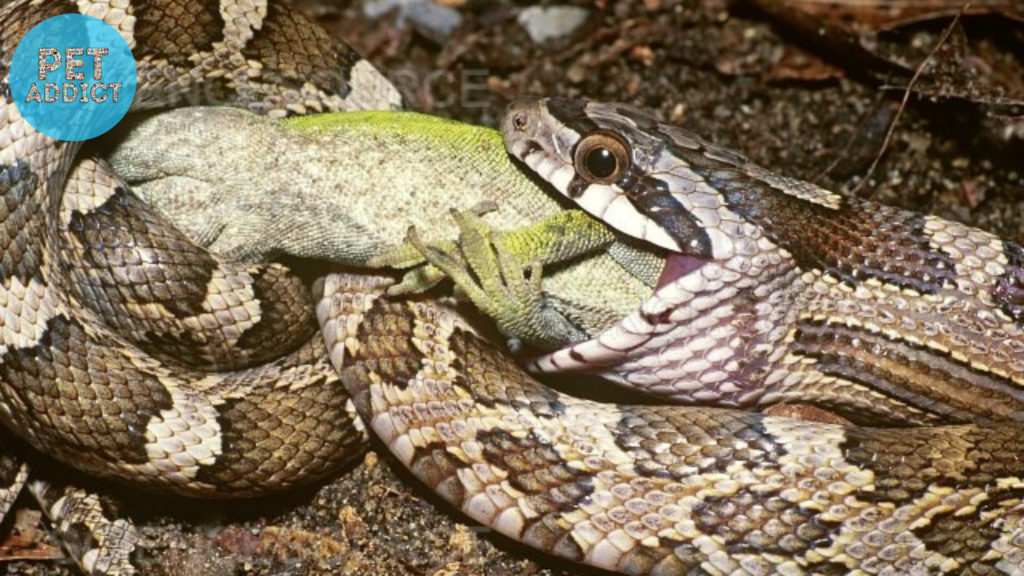
Texas Rat Snakes: Skilled Predators
Texas Rat Snakes are skilled hunters. Their diet consists mainly of rodents, making them valuable allies in controlling rodent populations. They are known for their climbing abilities and are often observed scaling trees and buildings in search of prey.
These snakes are primarily nocturnal, meaning they are most active during the night. During the day, they seek refuge in crevices, burrows, or under rocks to avoid extreme temperatures.
Reproduction
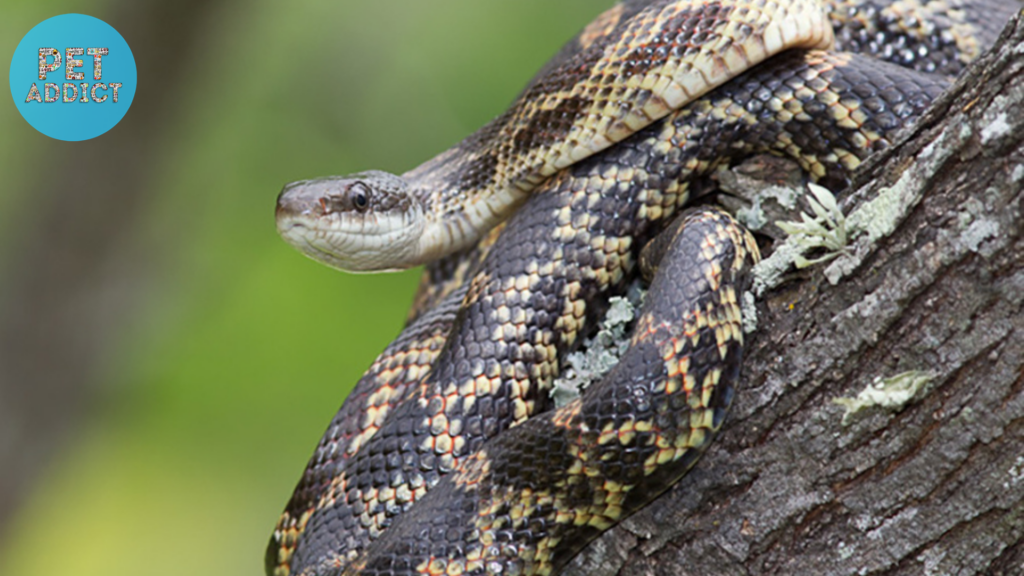
The Reproductive Cycle of Texas Rat Snakes
Breeding typically occurs in the spring, and female Texas Rat Snakes lay their eggs in concealed locations such as rotting logs or leaf litter. The eggs are left unattended, and the female does not provide any parental care. After an incubation period of about two months, the hatchlings emerge, ready to begin their independent lives.
Conservation Status
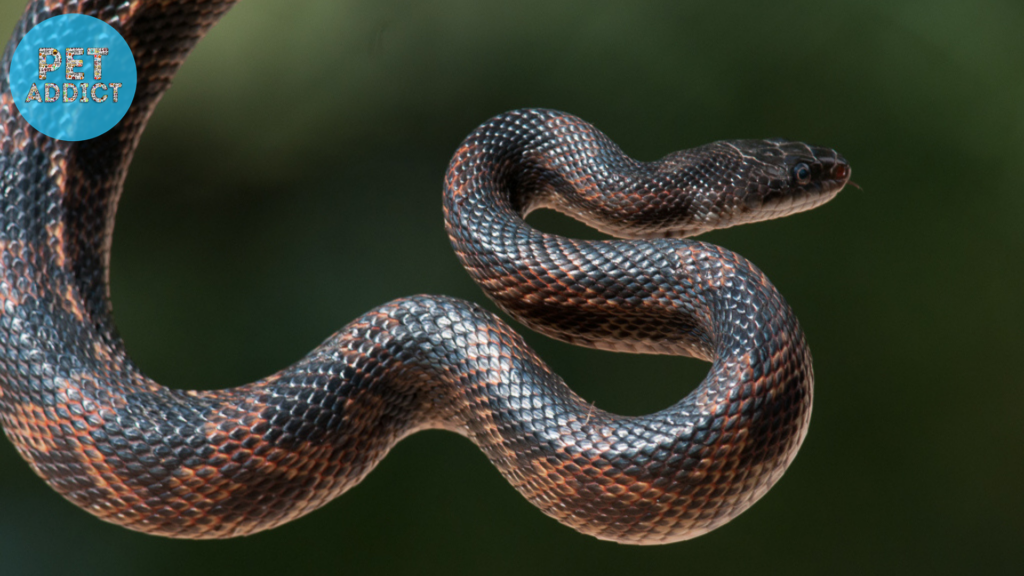
The Conservation Status of Texas Rat Snakes
Currently, Texas Rat Snakes are not listed as a threatened or endangered species. Their adaptability to various environments has allowed them to thrive despite habitat alterations caused by human activities. However, like many wildlife species, they face threats from habitat loss and road mortality.
Interaction with Humans
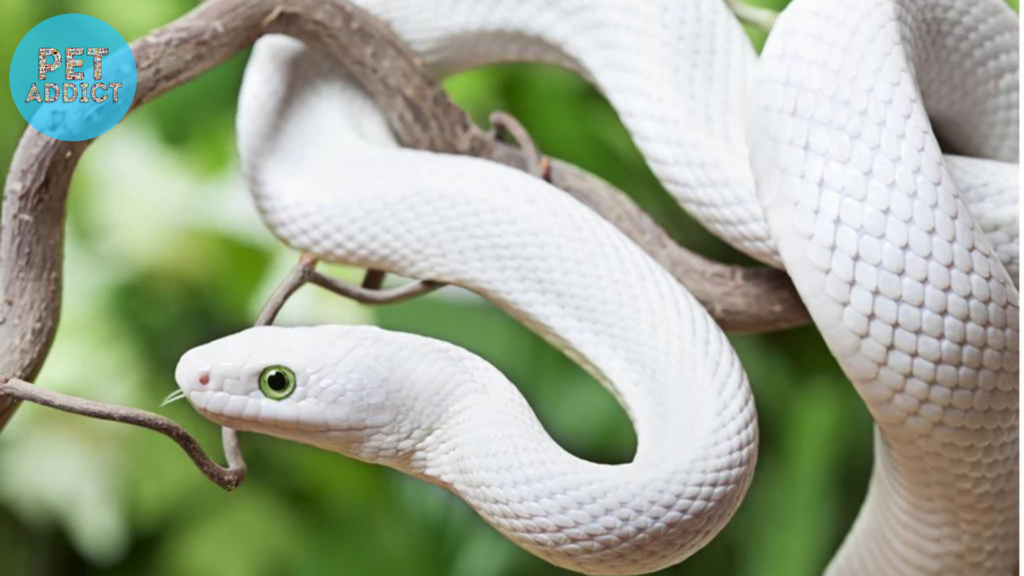
Texas Rat Snakes as Pets
Due to their manageable size and docile nature, Texas Rat Snakes are occasionally kept as pets by reptile enthusiasts. However, it’s essential to ensure that captive-bred snakes are acquired from reputable sources to prevent the illegal pet trade and to promote responsible ownership.
Conclusion
In conclusion, the Texas Rat Snake is a remarkable reptile with a unique appearance and a vital role in maintaining ecological balance. Whether you encounter one in the wild or consider keeping one as a pet, understanding their habitat, characteristics, behavior, and conservation status is crucial. By appreciating and protecting these snakes, we can ensure their continued presence in the diverse ecosystems they call home.
FAQs (Frequently Asked Questions)
1. Are Texas Rat Snakes dangerous to humans?
No, Texas Rat Snakes are non-venomous and pose no significant threat to humans. They are generally docile and rarely bite, usually only in self-defense.
2. How long do Texas Rat Snakes live in the wild?
In the wild, Texas Rat Snakes can live for 10-15 years on average, depending on factors such as predation, habitat quality, and human interactions.
3. What is the best way to observe Texas Rat Snakes in their natural habitat?
If you want to observe Texas Rat Snakes in the wild, it’s best to do so from a respectful distance. Never attempt to handle or disturb them, as this can cause stress and harm to the snake.
4. Do Texas Rat Snakes play a role in controlling pest populations?
Yes, Texas Rat Snakes are valuable in controlling rodent populations, making them beneficial to agriculture and ecosystems by helping to reduce pest numbers.
5. Are there any regulations regarding the keeping of Texas Rat Snakes as pets?
Regulations regarding pet ownership of Texas Rat Snakes can vary by location. It’s essential to check local and state laws and obtain captive-bred snakes from reputable breeders if you plan to keep one as a pet.

